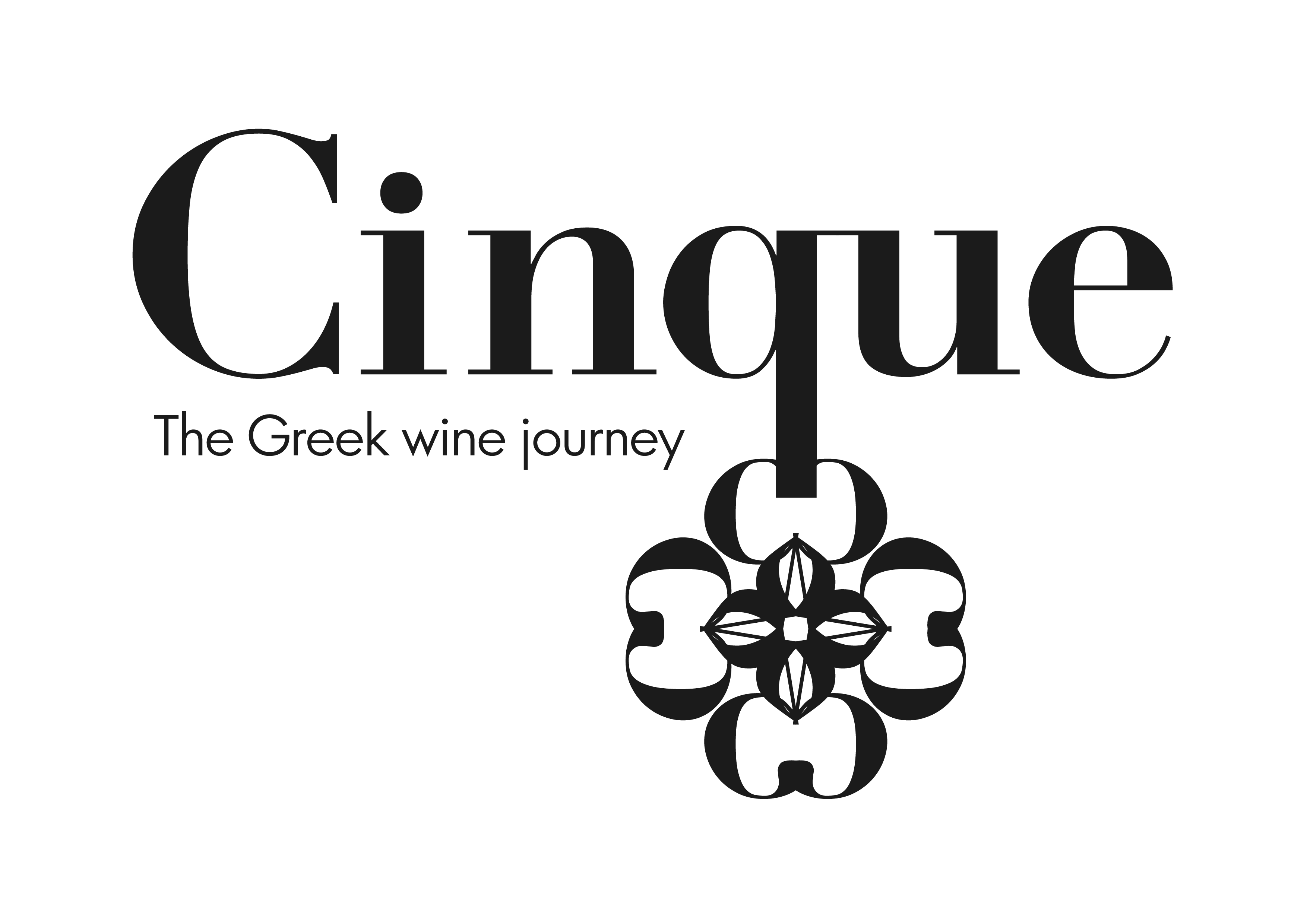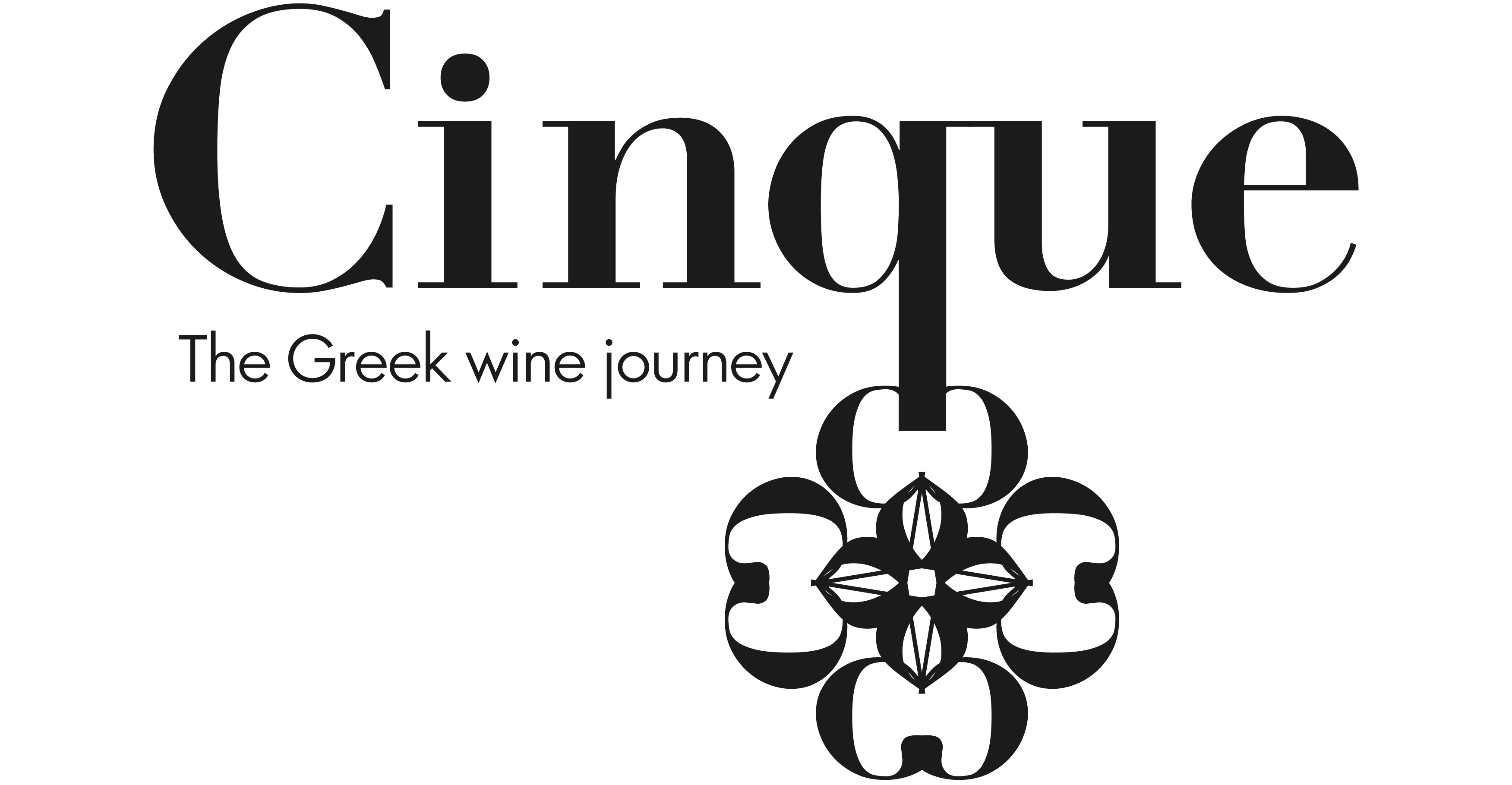Makaronia comes from the ancient Greek word “Makaria (ma – ka – ree – ah or ma – KAR – ya). It was nothing less than a piece of bread, given the modern shape of Melomakarona, where it was offered to the people, after a funeral ceremony was over.
In the Pericles’s Funeral Oration at 430 B.C., where he made a speech about the first fallen victims of the Peloponnese war, there were evidence that after the end of his speech in Kerameikos (area of Athens, located to the northwest of Acropolis, and pronounced ke – ra – mee – kos), Makaria were served.
Many women could be found in the area of Kerameikos, where they were mourning for their dead family (due to war), as it was the customs of that period, something similar to wailing women. These women, would serve “Makaria”, where they had prepared it themselves from home.
Nowadays, when there is a burial ceremony in Greece, koliva (boiled corn, currants, sugar etc. eaten at a funeral, often called ritual food) is served. This is the continuation of the ancient customs, which has evolved as “Melomakarona” as it is explained below.

